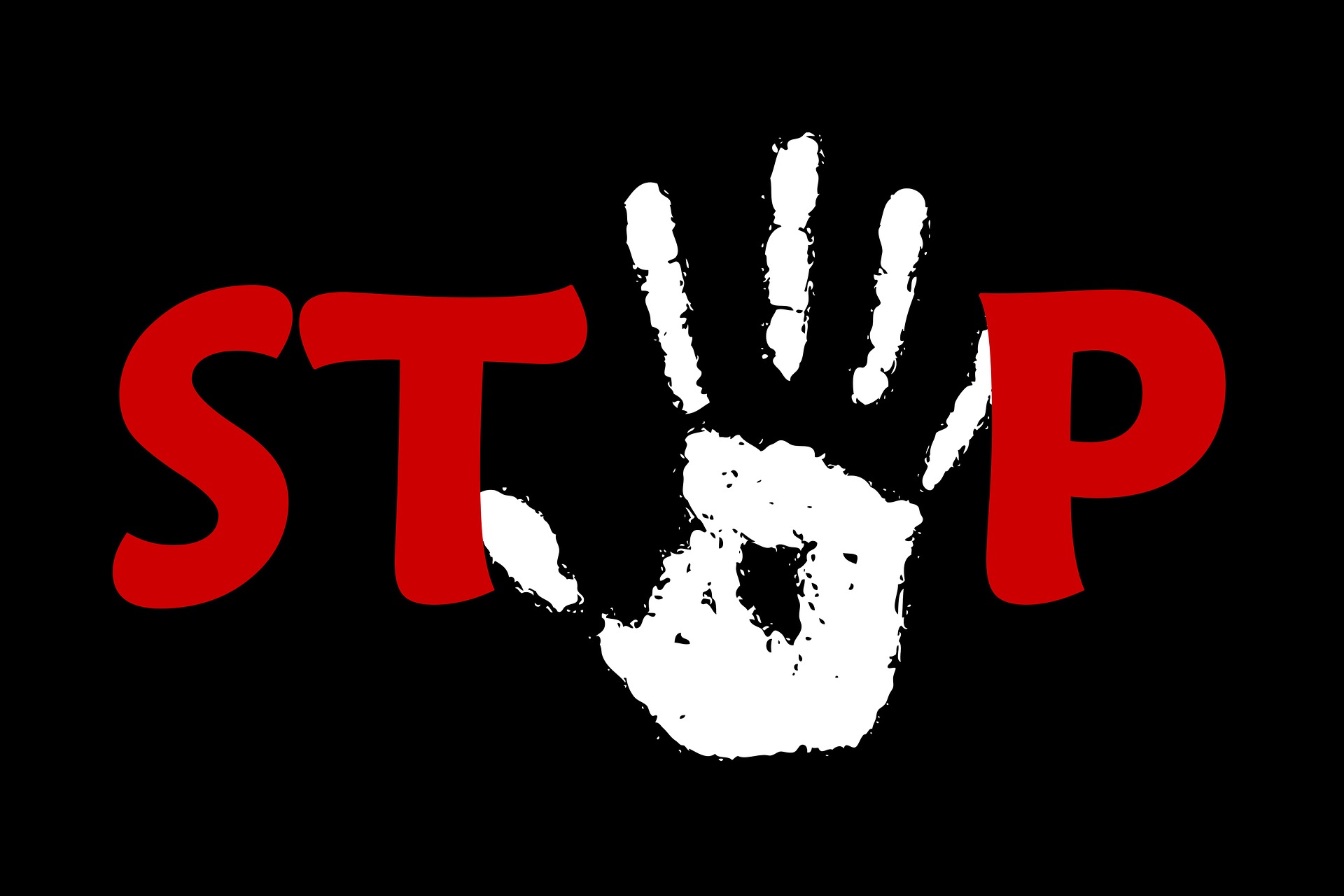Everyone’s looking for that rough diamond, that one in a million who could improve your business ten-fold, that shining knight… you’re praying that when you conduct interviews that someone walks in with a halo and lights up the room – everything is perfect, skills, qualifications, cultural fit and you fall in love instantly (metaphorically speaking!).
This does happen – I can promise you that – but unfortunately not often enough!
Why? Well that’s quite easy to answer, we just need to look at the process…..
The fact is, there is simply too much data available. The world of Talent Acquisition is so focused on filling the hiring funnel with candidates – there are so many channels available, LinkedIn, Twitter, Instagram, Facebook, Glassdoor, Indeedand then the thousands of other job boards (see my article on Is it too easy to apply for a job).
All these sources yield hundreds and hundreds of candidates and your recruitment / hiring team is then tasked with cherry picking the top x%. How do they do that?
- Firstly, they will more than likely use an Applicant Tracking System (ATS) – that will sort those CV’s that contain the key words that the business has given them. That’s fine when there are specific skills to search for but for roles such as graduates, 1st or 2nd jobbers, interns, call centre, sales staff etc - that makes CV searching very difficult. So, the only way to narrow the search is to apply stringent parameters such as certain schools, universities, proximity to the office etc. At this point, unconscious bias can also find its way into the process. Candidates will be ‘overlooked’ because of something on their CV.
- Next, they’ll look at the ‘top’ 20-30 candidates and will scan the CV looking for things like previous employers, job title’s, tenure and possibly again apply some unconscious bias towards various elements.
- Following that, a phone screen (or if the business has embraced technology, then a video interview). Typically, these will be asynchronous and will ask a standard set of questions.
- Then, based on those results, the top 3-6 will be invited in for an interview.
At this point you may be thinking what’s wrong with this? Sounds perfectly normal and its simply shortlisting. Before you make that conclusion think about the x number of candidates who didn’t make it past the ATS – that can genuinely be in the hundreds – how can you be certain that your next superstar hasn’t been overlooked?
I believe there is a much more sophisticated way of shortlisting candidates. The best predictor of how someone will perform in a job is to give candidates a piece of work, similar to that which they would do in the job, and assess their performance against that.
Please have a quick (62 second!) watch of this video:
If you would like to know more about how we can assess ALL of your candidates, giving them a positive experience of your business and help you to identify your next rock star then please do get in touch.







